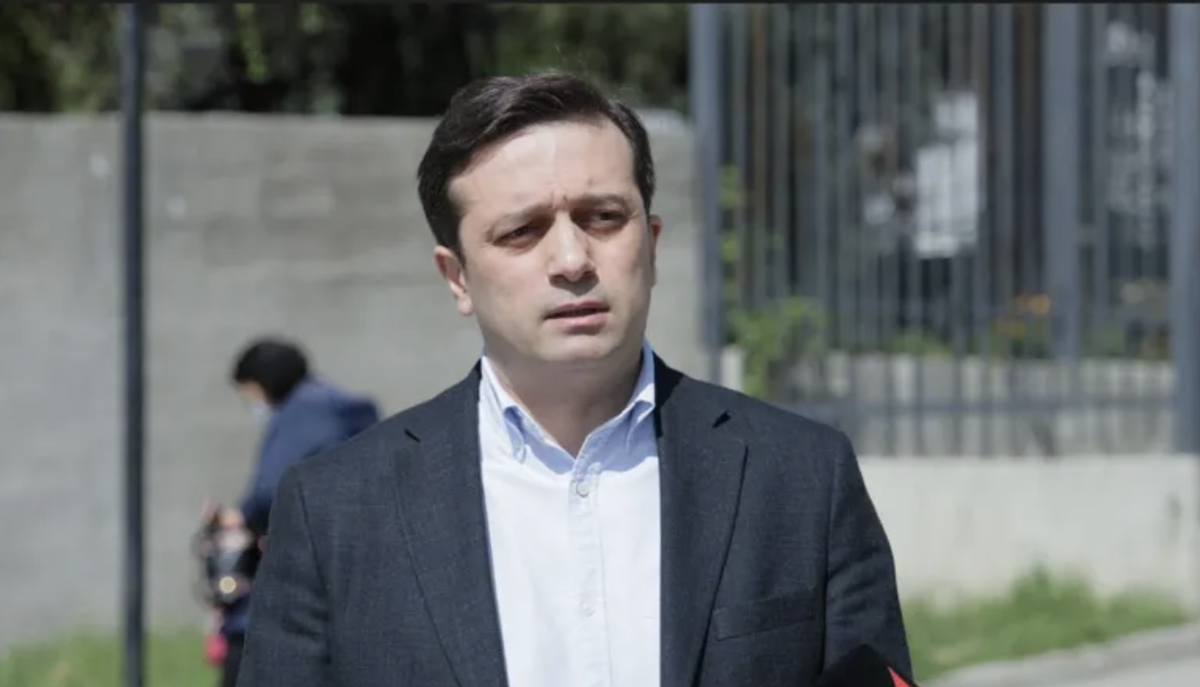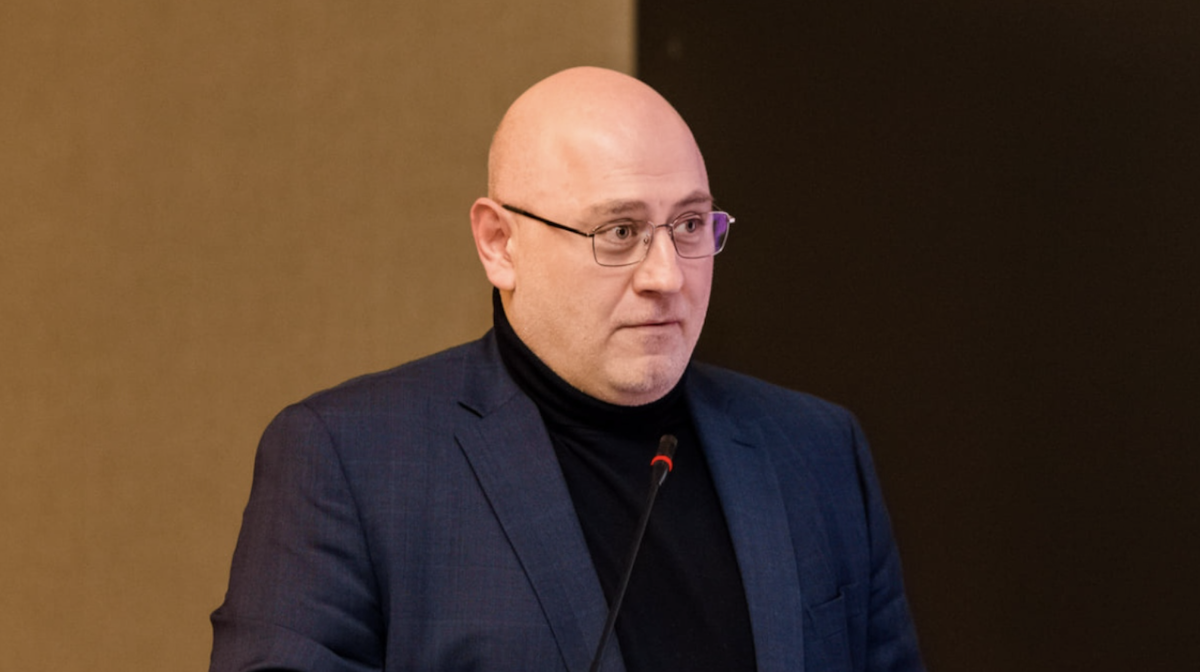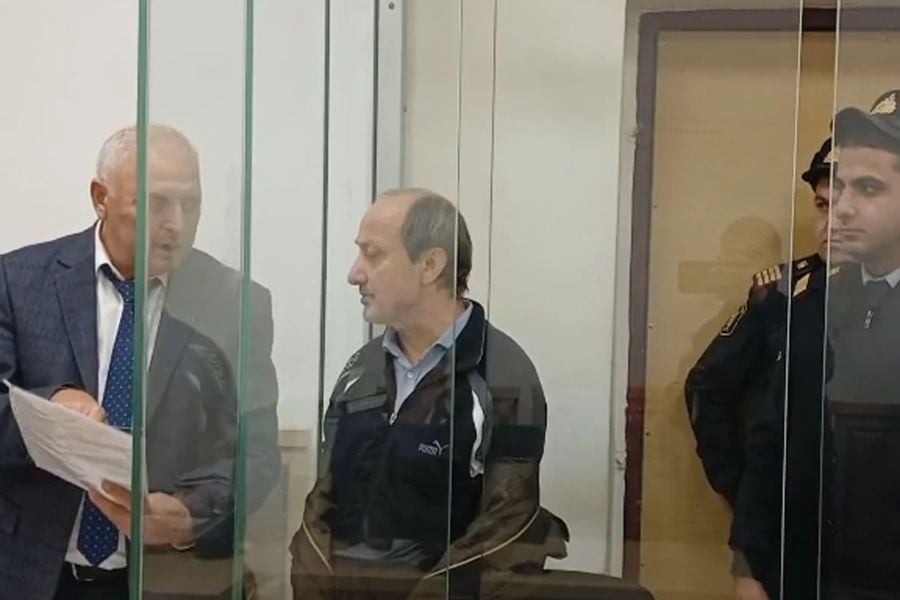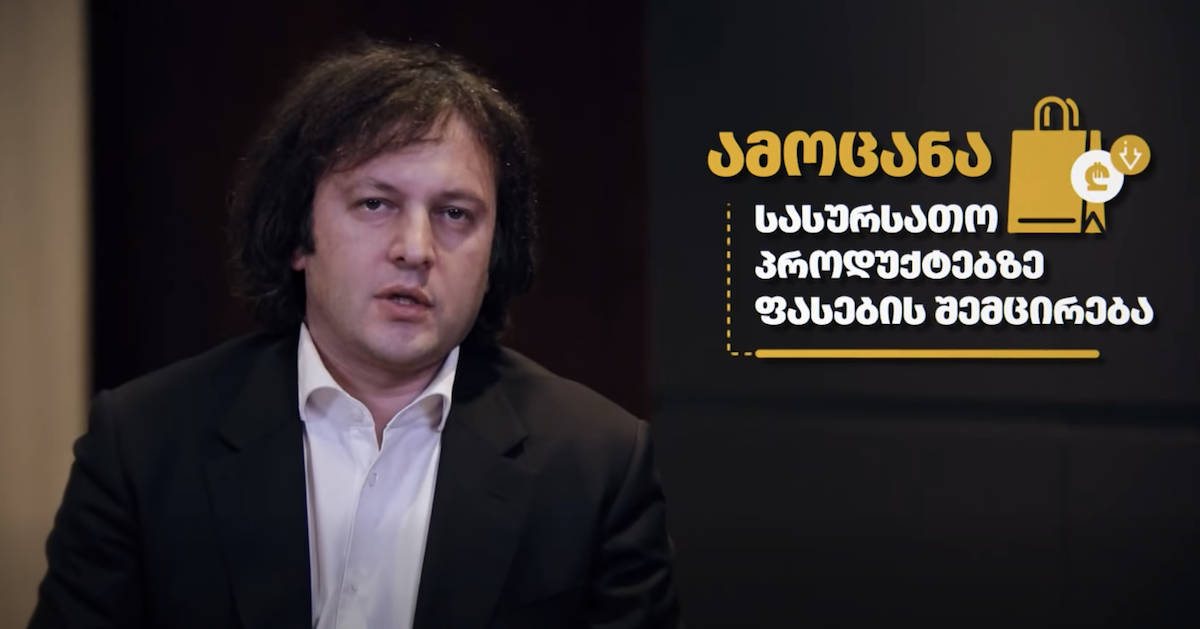Op-ed: You'd better lie truthfully
First published in December 2016
‘You said and I believed it, you repeated and I doubted, you insisted and I realized that you’re lying. (Chinese proverb).
Statistics knows everything. It knows inter alia the total area of each country and that of each of its regions. And any lower grade student, equipped with a calculator and a reference guide, can calculate the percentage of the territory of several districts in the country’s total area.
Elementary computations prove that about 14% of the internationally recognized territory of Azerbaijan, including Nagorno-Karabakh area, are under occupation.
However, thanks to Heydar Aliyev’s good graces, starting from 1994, the pro-governmental media have been persistently talking about 20% of occupied areas.
• Why are Karabakh Armenians restoring a mosque?
3 years since the Karabakh April War: What did it change?
Once speaking at the Panel meeting of the National Academy of Sciences, Ali Hasanov, the Head of Public and Political Department of the President’s Administration, has stated that: “20% of the territory of Azerbaijan, including 132-km area of Azerbaijan-Iran border and 733-km area of Azerbaijan-Armenia state border, have been occupied by the Armenian Armed Forces.”
We don’t question Professor Hasanov’s ability to deal with calculator and that those ‘20%’ are a tribute to Heydar Aliyev’s memory. Well, the ‘Ulu Ondyar’ (the ‘Great Helmsman’) couldn’t be mistaken, and those who doubted it, brought grist to the mill, etc.
But where have those 733 kilometers of border with Armenia come from?
Let’s turn to the reference guide again. A common frontier between Azerbaijan and Armenia totals 1,007 km., including 246 km border of the Nakhichevan Autonomous Republic. It turns out that ‘mainland’ Azerbaijan’s border with Armenia makes 1,007-246 = 761 km (no calculator is needed here). If honorable Professor Hasanov is to be believed, then 733 km are under the Armenian occupation.
It turns out that the total border length from the northern point of Kelbajar district (the Mures Ridge) to Sadakhli village (a common point for the three South Caucasus countries) makes just 28 km.
Though it must be no less than 200, which is clearly seen on the map.
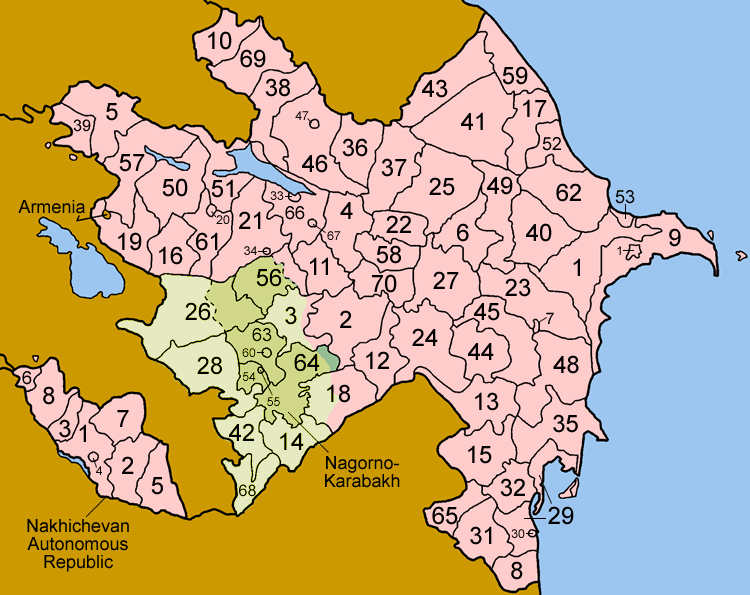
Or one more example. The words like ‘tolerance’ and ‘multiculturalism’ were not yet in fashion in 1994; it’s today that they represent a red line of Azerbaijan’s state propaganda. How much they jibe with facts it’s another issue.
But even at that time, our delegates proudly stated at various international forums that despite the conflict, there were 30,000 Armenians living in Baku, while there wasn’t a single Azerbaijani in Armenia.
Indeed, Armenians still live in Baku nowadays, each of us, the Bakuvians, probably has such acquaintances. They are mostly the elderly woman, married to Azerbaijanis. Neighbors know them and will stand up for them, so they are safe here.
However, almost 30 years have passed since the beginning of conflict. Isn’t it strange that this figure, 30,000, isn’t reducing? How come that none of Bakuvian Armenians have left the country or died?
I’ve recently heard that 30,000 already turned into 40,000. They even manage to proliferate.
In the early years of the conflict, we often fairly complained about the information blockade, that Azerbaijan’s voice couldn’t be heard either in Russian or in the international media.
It was then that they skillfully invented an image of a ‘long-suffering Armenian nation’, struggling for freedom and the evil ’Muslim Turks’ with their partocratic leadership, who don’t give them that freedom, but on the contrary, kill and oust them.
But time has changed. Azerbaijan, which has become rich due to its energy resources, has got a chance to break that information blockade. In fairness it must be said that certain success has been achieved in this sphere, but that’s mostly due to the efforts of separate enthusiasts, sometimes even contrary to the centralized national information policy.
Tremendous material resources have been spent by goverment or goverment supported organizations on overtly ineffective projects. For example, it’s just suffice to mention organization of the visit of 3 marginal Armenian ‘activists’ to Baku – to show that “some of Armenians are not so bad and they actually love us”.
Two of them no longer reside in Armenia and the third person was absolutely unknown there (by the way, I wonder where she’s now?).
Did our leadership seriously expect that this measure would help it get closer to resolution of the Karabakh problem at least by a millimeter?
The trouble is that, as I fear, they seriously counted on that.
I’m not going to write here long about the cases that have reach the point of absurdity.
For example, the leading national sports TV channel anchors for quite long didn’t pronounce the name of ‘Borussia’ Dortmund and ‘Manchester United’ striker, Mkhitaryan, saying ‘the goal was scored by the player number 10,’ or ‘Henry makes a corner kick,’ at best. Or, in the same sports news: ‘Azerbaijani wrestler stacked his Armenian opponent.’
Upon verification, it turns out that the Azerbaijani athlete is representing Ukraine and the Armenian one – Italy.
However, in the event an Armenian athlete beats an Azerbaijani, this information is usually kept on the down low.
Critics and ‘fag-wavers’ may wonder: Doesn’t the Armenian side resort to such methods? It certainly does.
But the difference is that their propaganda, as a rule, is more sophisticated; it can’t be so easily exposed just using a calculator.
And secondly, as a citizen of Azerbaijan, I am more concerned about what’s going on in my country. As for the Armenian propaganda, I hope, my Armenian colleagues will write imartially about it.
Let me finish the article with the words of an unsurpassed master of the 20th century political propaganda:
‘Propaganda loses its power as soon as it becomes apparent.’















